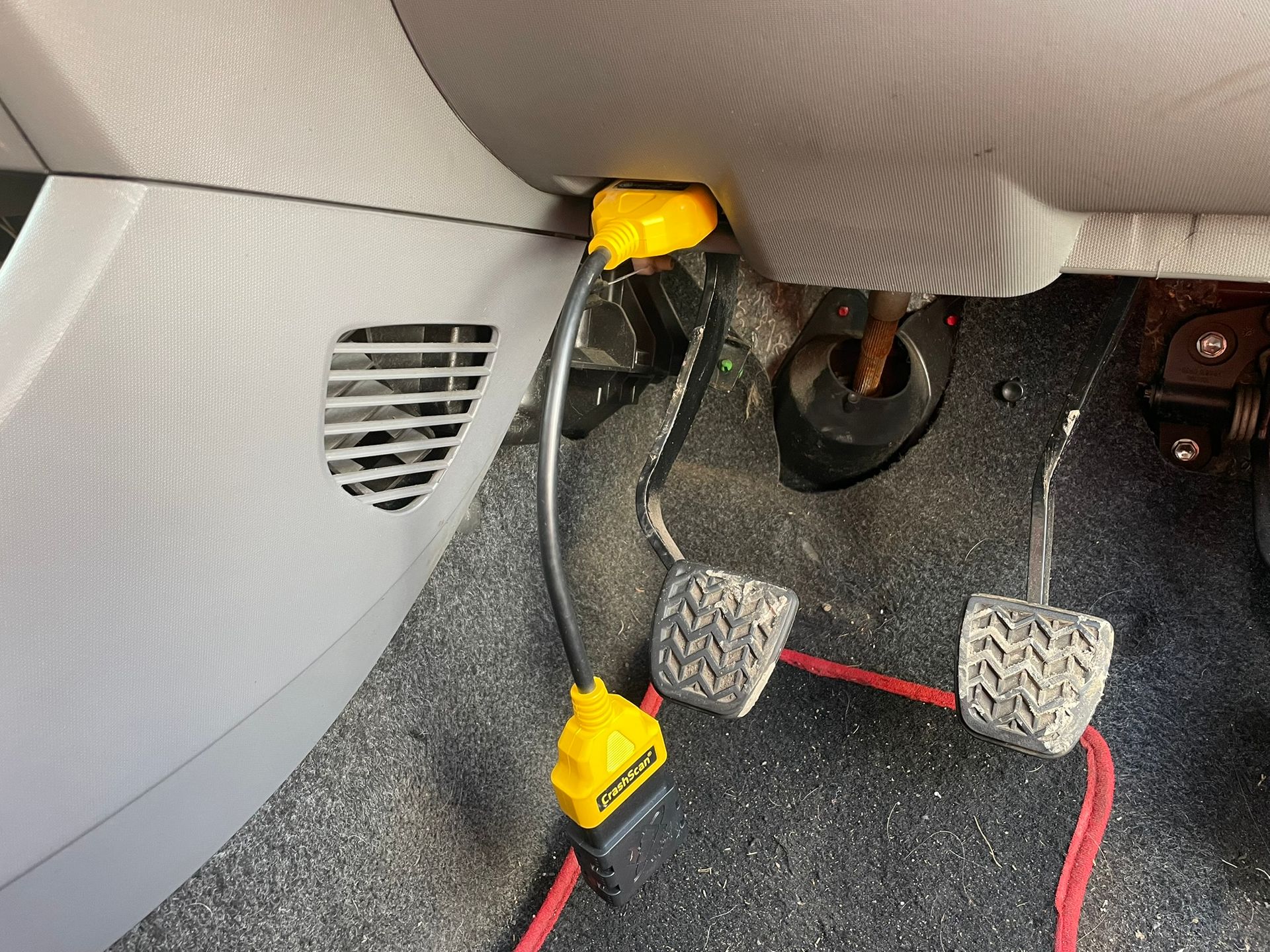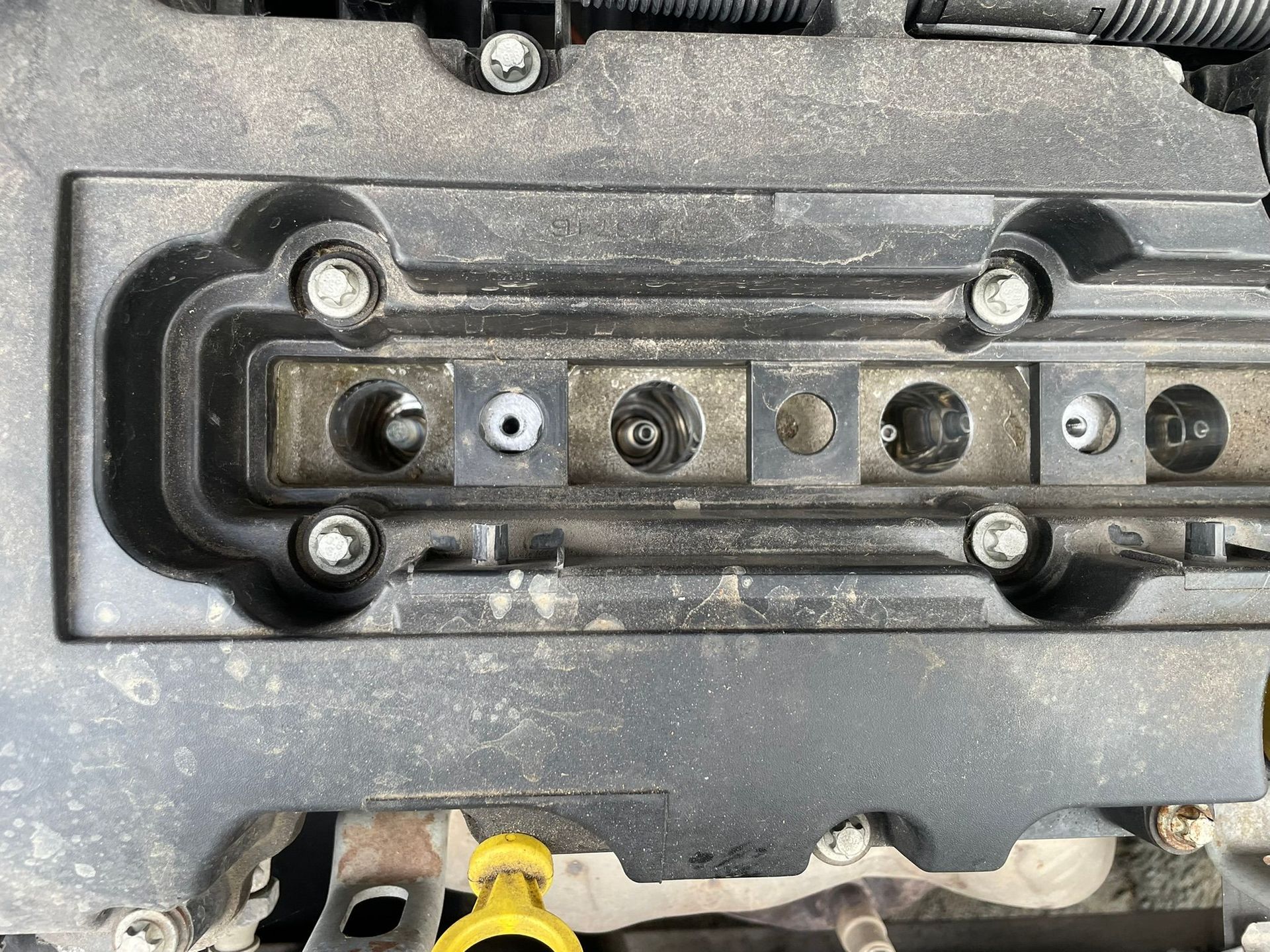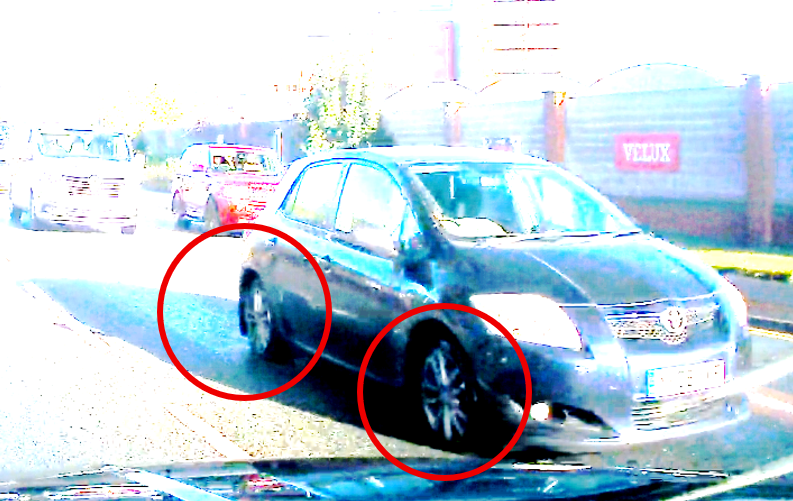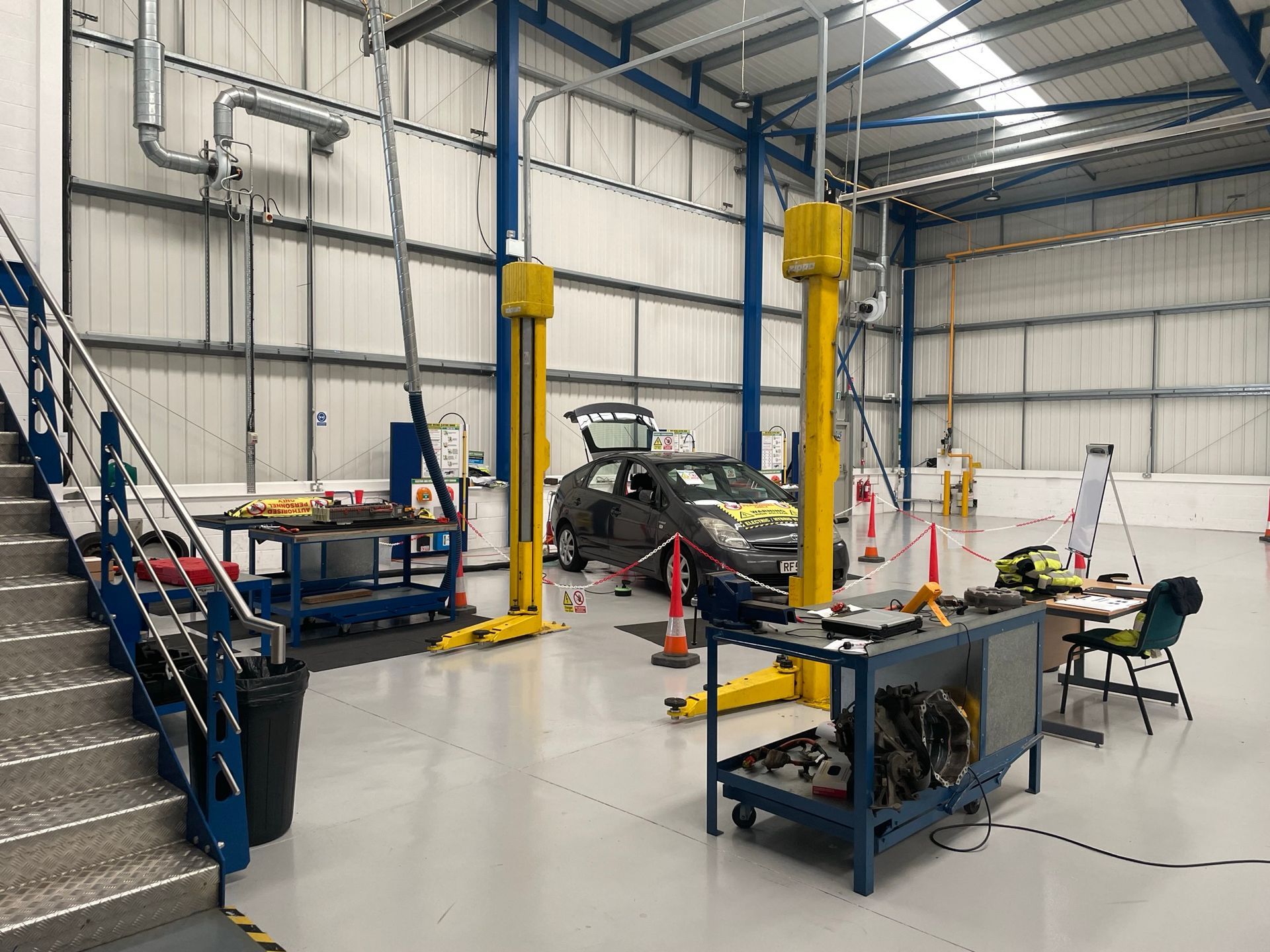Forensic vehicle examiners can determine whether a defect exists or not - Part of the Forensic Vehicle Examiners series of posts
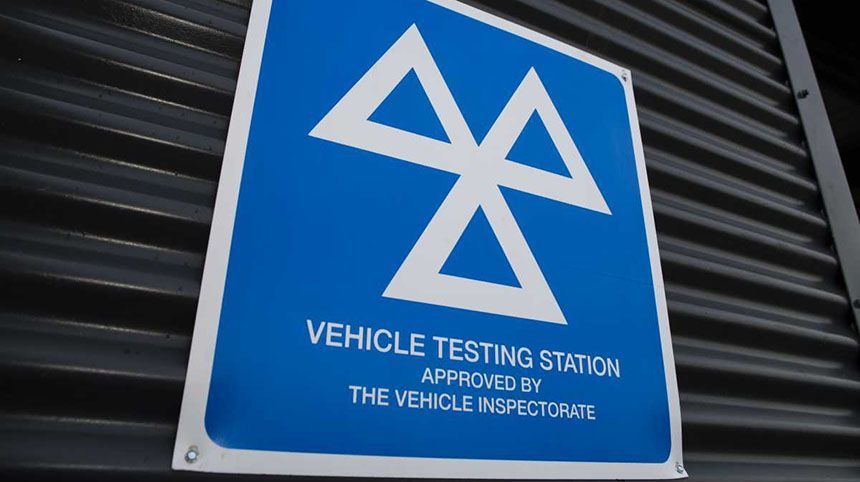
Motors.co.uk crunched the data to bring us the most common reasons cars fail their MOTs. Their analysis is based on 20.2 million MOTs undertaken (1).
The top 5 reasons cars fail and MOT are:
1. Insufficient tyre tread depth,
2. Defective or faulty tyres,
3. Defective brake discs,
4. Defective brake pads,
5. Defective coil springs.
The same research showed that around 1 in 5 vehicles, failed their MOT test, that means around 20% of vehicles are defective and these vehicles are driving around on our roads. This suggests it is important and necessary to consider the services of a forensic vehicle examiner during any incident involving a vehicle as there is a 1 in 5 chance, it will have a defect.
Whilst it might seem logical that if a collision did cause or at least contribute to a collision, the driver would know about it, but that is not my experience. Research by Kwik-Fit (2) found that in recent years, around 2% of vehicles contained a defect which result in a collision occurring. In the United States however, that figure is much higher at around 9% (3).
The Driver Vehicle Standards Agency (DVSA) released MOT test data (April 2023 to March 2024) which showed just under 8% of MOT failures (4), involved a dangerous defect, this being very similar to the data obtained in the USA.
This may further suggest that there is under reporting with respect to defects which have caused or at least contributed to a collision occurring, this further strengthens the argument for the need of having a vehicle inspected by a forensic vehicle examiner.
Whilst it may not be necessary to instruct a forensic vehicle examiner in every case, the statistics certainly suggest that a higher proportion of vehicles may need inspecting by a forensic vehicle examiner, to ensure the full picture surrounding the circumstances of a collision or an incident, are known, as only when we know about a defect, can it be ascertained whether that defect caused or contributed to a collision.
(1) https://news.motors.co.uk/top-reasons-to-fail-a-mot-this-winter/
(2) https://www.kwik-fit.com/blog/collision-data-analysed#
(3) ttps://pmc.ncbi.nlm.nih.gov/articles/PMC10907794/#:~:text=The%20results%20from%20this%20study,to%209%25%20of%20the%20crashes.
(4) https://assets.publishing.service.gov.uk/media/66c867661f215d9f0a91353f/dvsa-mot-01-mot-test-results-by-class-of-vehicle.csv/preview


